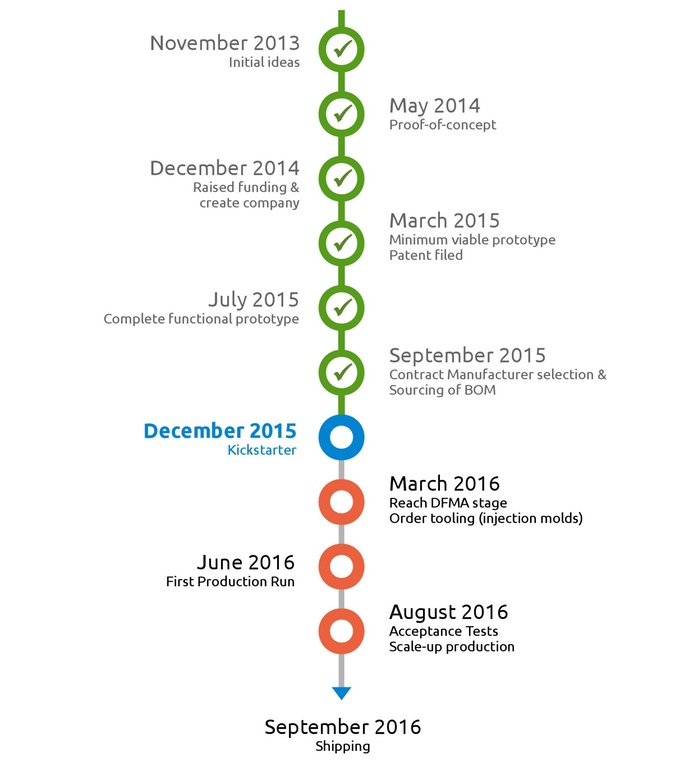

You don’t want to sell your campaign short and harm your chances of reaching your funding goals. Unsure of how much to spend on Facebook ads?īudget around 10% of your total campaign goal to invest in social media ads, or about 20% of your gross margin. With your ad spend set aside, try running your Facebook ads for at least one month to give your campaign enough runway to take-off.

That means you’ll need to pay to get eyeballs on your campaign (because let’s face it, friends and family are great but you’ll want to cast a wide net to reach your goals). So your best bet is a pay to play approach.

Unfortunately, following Facebook’s recent algorithm changes mean it’s close to impossible to get the word out using organic posts. Great Kickstarter campaigns are built through momentum, and advertising (mostly through Facebook & Instagram ads) are a proven way to generate exposure, drive interest and create a community of excited backers. You’ll want to start advertising your Kickstarter campaign as soon as it’s up and running. So, most campaigns spend money to promote their Kickstarter campaign. This can help you by: Don’t Forget: Marketing Costs Money!Įvery Kickstarter campaign begins with your circle of friends and family, who are willing to splash their cash on your vision.īut this supportive bunch isn’t enough to get your funding goal over the line (unless you have a VERY wealthy relative). You should do everything you can to minimize them, as they can take a big bite out of your margins. Refunds, cancellations, and chargebacks can be very dangerous to campaigns for this reason. In other words, your net total will be -$8.20.
#Kickstarter funding full
But you’ll still have to refund the full $100. You will still have paid the 5% + $0.20 fee ($5.20) to Kickstarter, and $3 to Stripe, for the $100. Kickstarter charges you a fee when you have a pledge, and that fee is not refunded if you have cancellations or refunds.įor example, let’s say a backer pays $100 for your reward. With all fees and commission taken into account, you’ll end up paying roughly 8% of your total Kickstarter funds raised.Īnother expense that project creators often forget about is cancellations and refunds. You just gained a pledge that’s helped nudge you towards your funding goals! If the thought of $0.20 falling out of your pocket with every pledge gets you down, try flipping the script. So you won’t be losing a large chunk of change. When it comes to individual pledges, there’s a flat fee of $0.20 per pledge. This amount will depend on the amount being funded by your backers. They will also receive a small cut of any successful campaign. Stripe is Kickstarter’s payment processor. With Kickstarter’s flat 5% fee out of the equation, there’s still a few more bills to pay. Thankfully, there is a secret weapon you can use to smash your funding goals (don’t worry, we’ll get to that a little later). Seeing as roughly 67% of Kickstarter campaigns fail to meet their funding goals, there’s no guarantee of success. We’re a tool for going around traditional gatekeepers like agents, dealers, distributors, fiscal sponsors, record labels, and publishers, and we accordingly take a much lower cut than they do.” “We use this model because we believe in paying artists as much as possible. We’ll let Kickstarter explain why they went down this path… Kickstarter has used this model of crowdfunding since 2009 and has set the standard for creator-friendly funding as a result. This is known as an All-or-Nothing (AoN) model of crowdfunding. Your project raises its target of $10,000 Here’s a simple example of how that will look… If a project is successfully funded, Kickstarter will take 5% of the total amount raised.


 0 kommentar(er)
0 kommentar(er)
